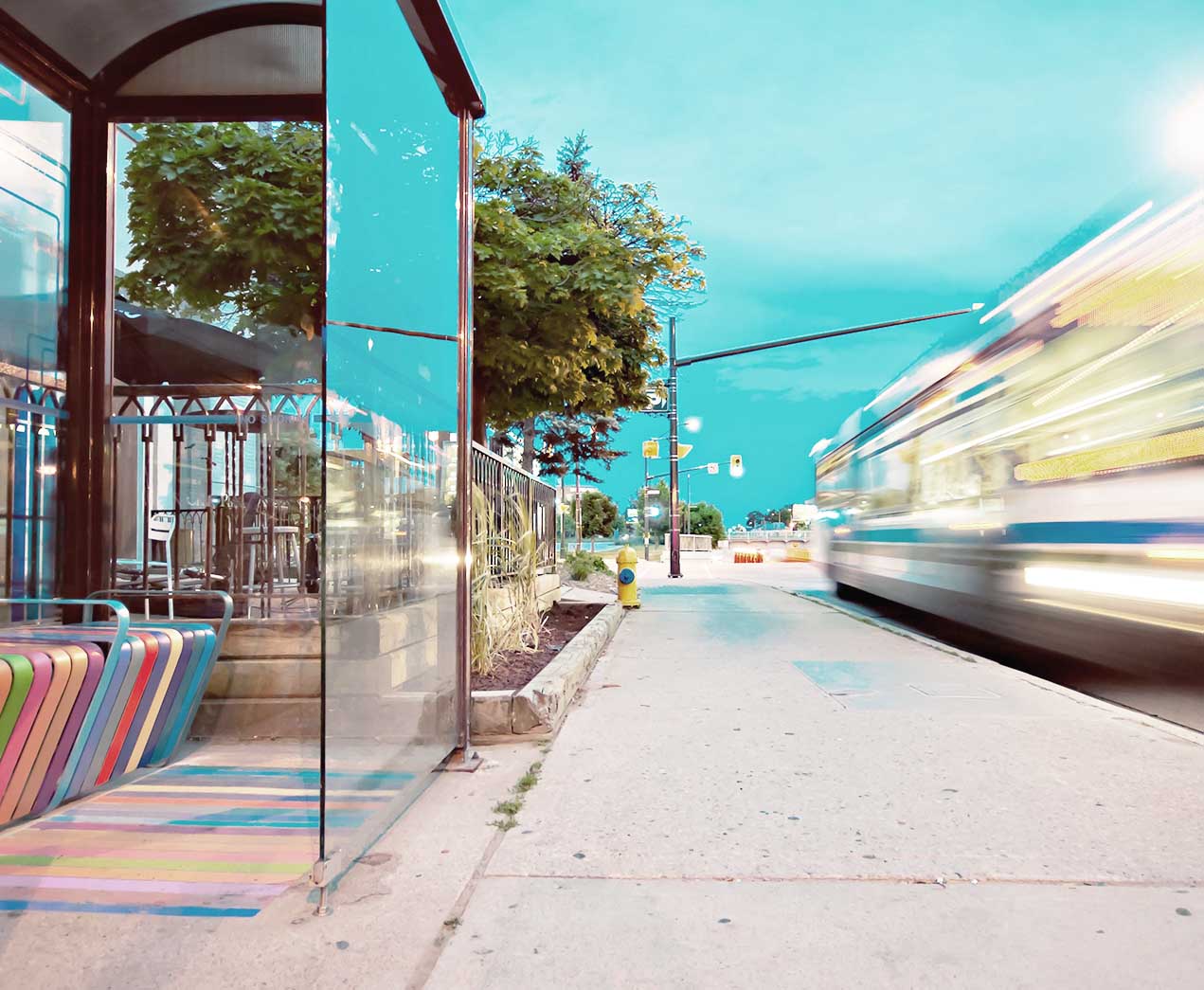Handling connections can become hectic quickly - especially when many unplanned requests come in. Dispatchers might be busy dealing with several emergencies and may be unable to take the time to find, coordinate, and create all the connections needed. You could either let the connections lapse, making passengers wait for their next scheduled vehicle and potentially causing them to be late to their destination. Or, you could use a Computer Aided Service Restoration (CASR) measure called Connection Protection.
A connection is when a passenger riding in a vehicle needs to transfer to a vehicle running on a different route to get to their destination. The vehicle carrying the passenger to this connection is called the Feeder Vehicle and the vehicle waiting to pick up the passenger at the connection is called the Taker Vehicle. Connection protection ensures that passengers can confidently transfer from their Feeder Vehicle to their Taker Vehicle and make it to their destination, even if vehicles are running behind schedule.
Connection Protection
The Intermodal Transport Control System, MOBILE-ITCS, provides users with a variety of functions to help with Connection Protection. In the scenario above, we need to first create a connection. This can be done in a few different ways:
1. By the planners: Pre-planned Connections are created for known stops that have intersecting routes within the planning software. These are usually set at terminals.
2. By the dispatchers: Dispatch Created Connections are created and coordinated on a case-by-case basis from the control center.
3. Or, in this situation, by the driver: Passenger Transfer Requests are used when a passenger requests a connection at a stop and the driver creates the connection from the mobile data terminal (MDT).
The Passenger Transfer Request feature works in this scenario by allowing the drivers to create the connections, relieving the obligation from the dispatchers. Once the connection is created, MOBILE-ITCS will track all the vehicles that are involved in these connections and automatically tell the required Taker Vehicle to wait for the Feeder Vehicle up to a predetermined amount of time.
Assure Connection
If the Feeder Vehicle is delayed further and the system predicts that it will arrive later than the pre-determined time, the dispatcher can either let the system automatically tell the Taker Vehicle to depart, or use the Assure Connection feature. This will allow the dispatcher to override the system and tell the Taker Vehicle to wait for a new specified time.
With Connection Protection, passengers are able to make the connections they need and arrive at their destination stop, even if there is a disruption or delay. Dispatchers and drivers remain in control of the situation and can manage connections seamlessly.
Learn about Substitute Service.




